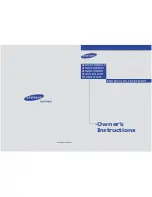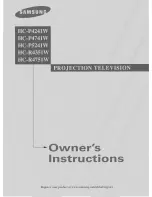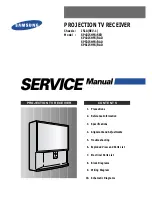
14
24, the overcurrent protection is enabled by
undervoltage units and works as long as 60FL
logic does not block the trip path. In Fig. 25 the
potential is taken from bus VTs, rather than unit
VTs, so the scheme will function even if the VT
fuses were removed during unit maintenance.
In Fig. 24 the terminal voltage will be zero prior
to energization, so the 27 and 81U relay contacts
will be closed to energize the timer (62). The
instantaneous overcurrent relay (50) trip circuit is
established after timer 62 operates. Upon
inadvertent generator energization, the under-
voltage and underfrequency relay contacts may
open up due to the sudden application of nominal
voltage and frequency, but the delayed dropout
of 62 allows relay 50 to initiate tripping. The use
of a 60FL function or two 27 relays on separate
VT circuits avoids tripping for a VT fuse failure.
Alternatively, a fuse loss detection or voltage-
balance relay (60FL) could be used in conjunc-
tion with a single 27 relay to block tripping.
FIGURE 24. INADVERTENT ENERGIZATION
PROTECTION USING INSTANTANEOUS
OVERCURRENT RELAY (50).
In Fig. 24 the 5 sec pickup delay on timer 62
prevents tripping for external disturbances that
allow dropout of the 27 relays. The 27 relays
should be set at 85% voltage (below the operat-
ing level under emergency conditions). The Fig.
25 scheme could be employed where protection
independent of the plant is desired. In this case
the 67 relays would be placed in the switchyard
rather than in the control room. While directional
overcurrent relay (67) should be delayed to ride
through synchronizing surges, it can still provide
fast tripping for generator faults, since the 67
relays need not be coordinated with external
protection. Fig. 25 shows the operating range for
phase A current (Ia) with respect to phase B to C
voltage (V
BC
). This range is fixed by the 60
degree characteristic angle and the ±45 degree
limits set on the operating zone.
FIGURE 25. BE1-67 DIRECTIONAL OVERCURRENT
RELAYS DETECT INADVERTENT ENERGIZATION.
Negative Sequence Protection
Negative sequence stator currents, caused by
fault or load unbalance, induce double-
frequency currents into the rotor that may
eventually overheat elements not designed to be
subjected to such currents. Series unbalances,
such as untransposed transmission lines,
produce some negative-sequence current (I
2
)
flow. The most serious series unbalance is an
open phase, such as an open breaker pole. ANSI
C50.13-1977 specifies a continuous I
2
withstand
of 5 to 10% of rated current, depending upon the
size and design of the generator. These values
can be exceeded with an open phase on a
heavily-loaded generator. The Basler
BE1-GPS100, BE1-951, BE1-1051, or BE1-46N
relay protects against this condition, providing
negative sequence inverse-time protection
shaped to match the short-time withstand
capability of the generator should a protracted
Содержание BE1-1051
Страница 1: ...GeneratorProtection ApplicationGuide...













































